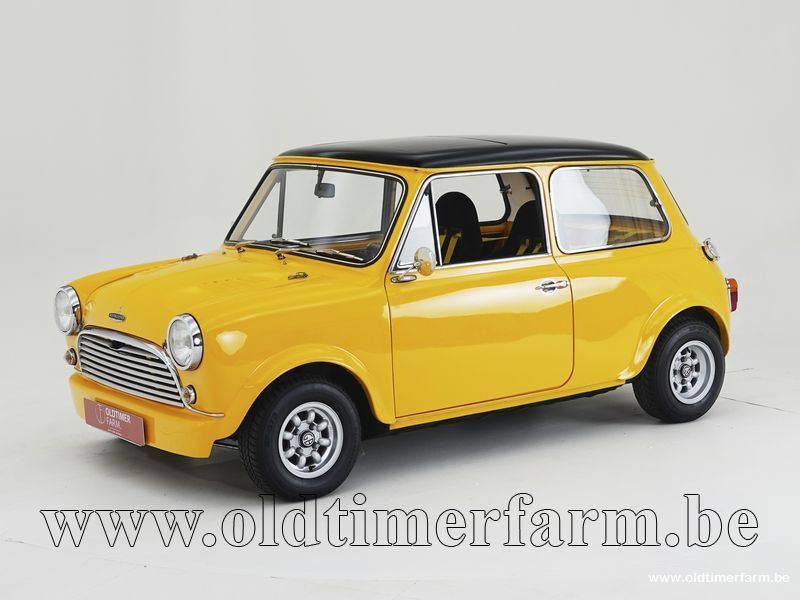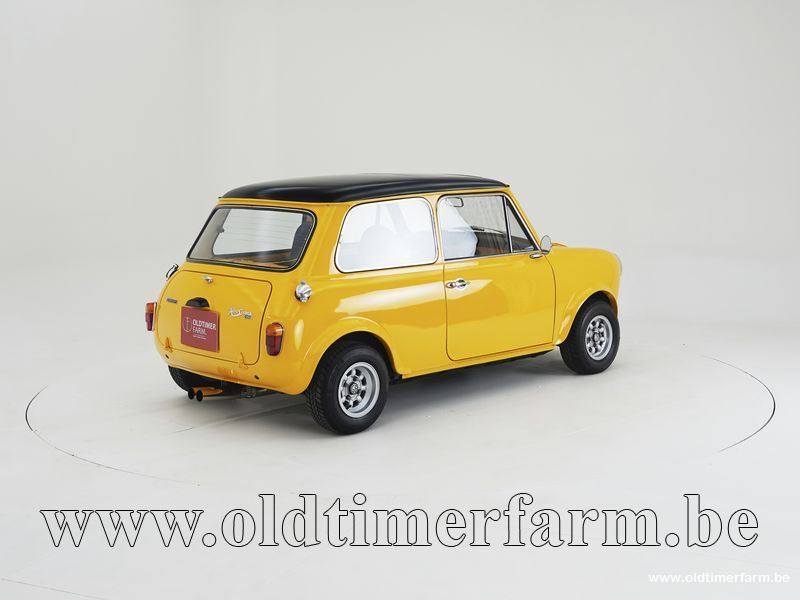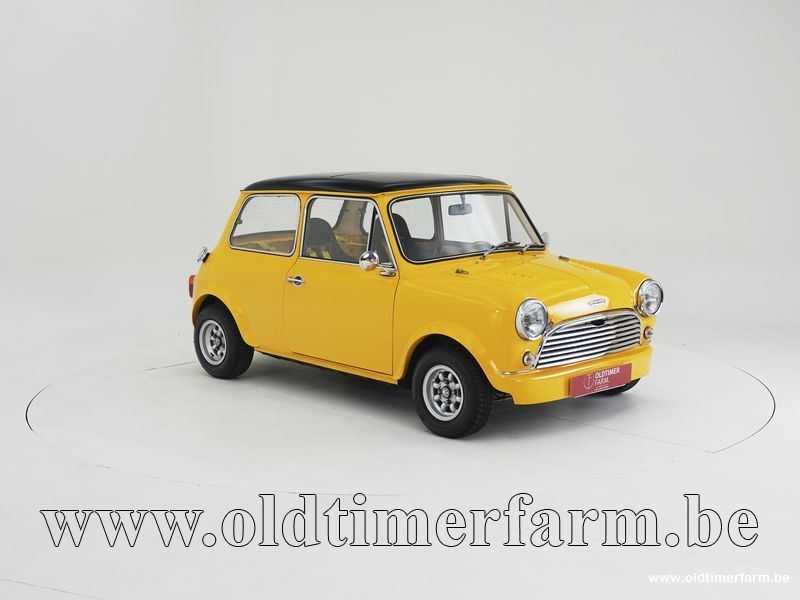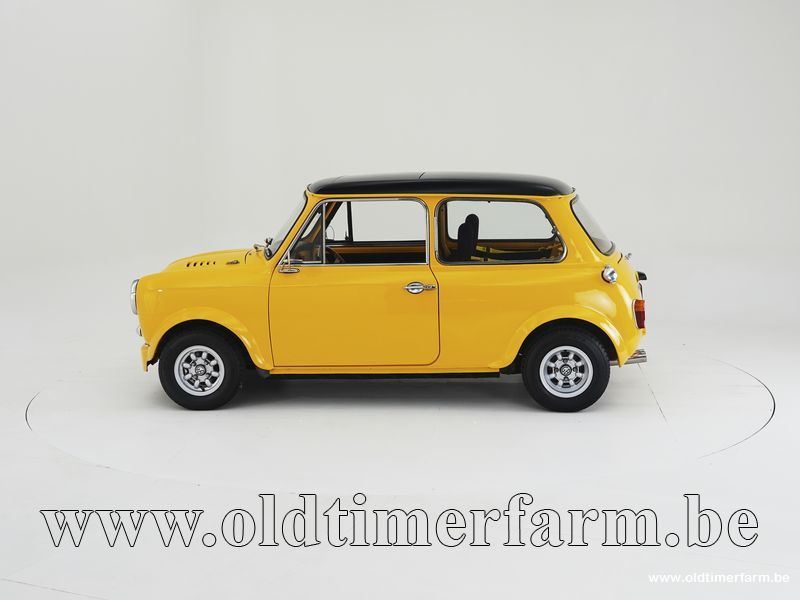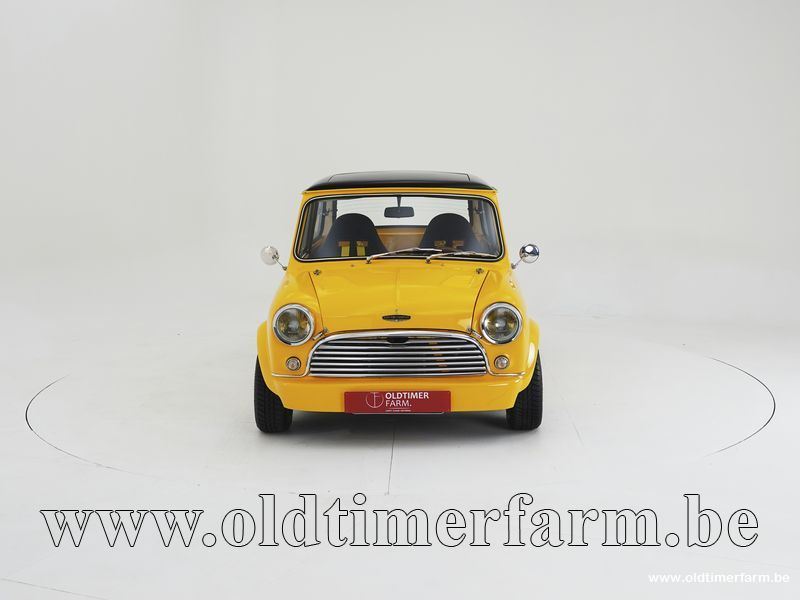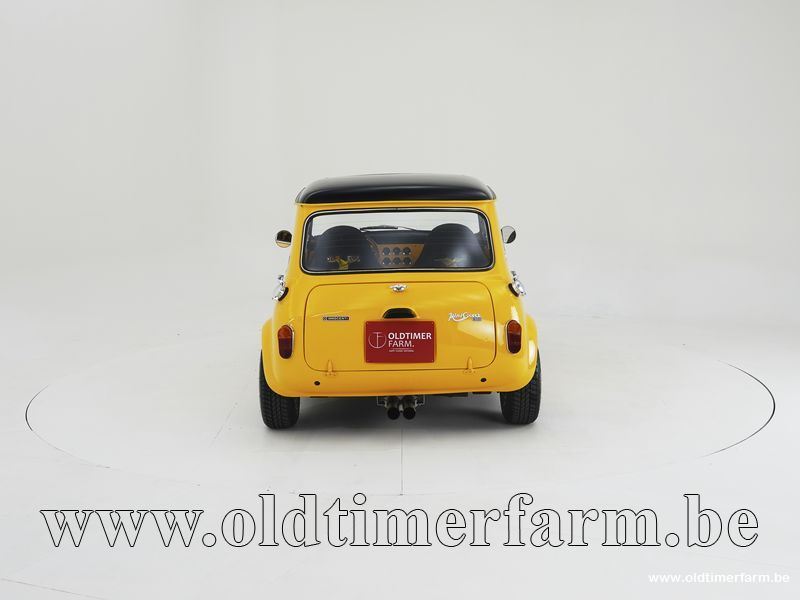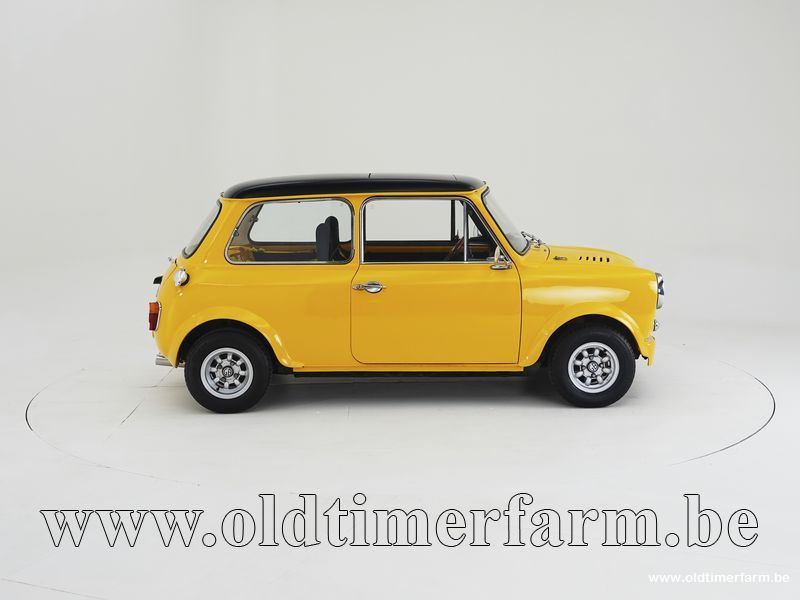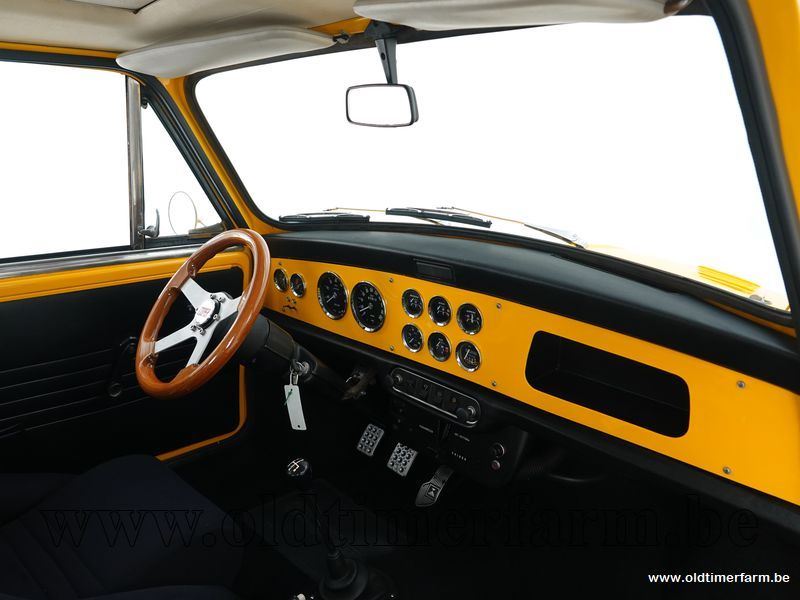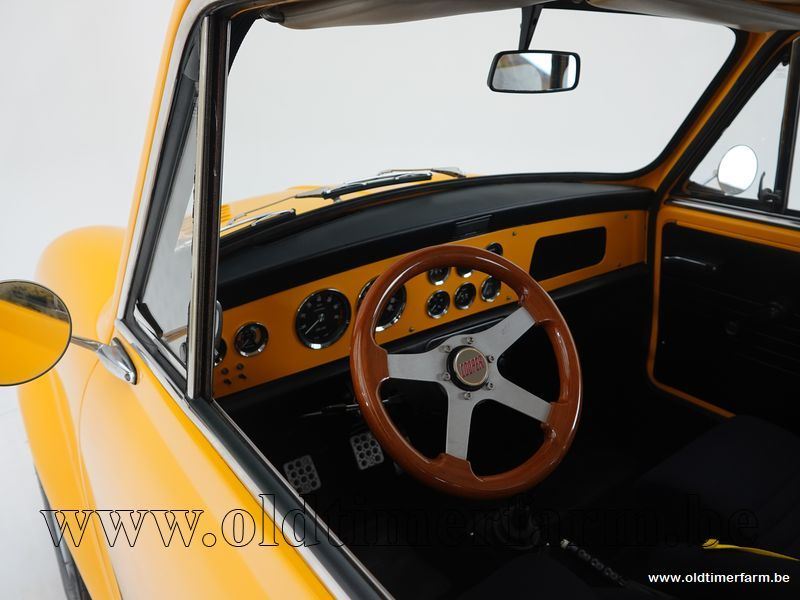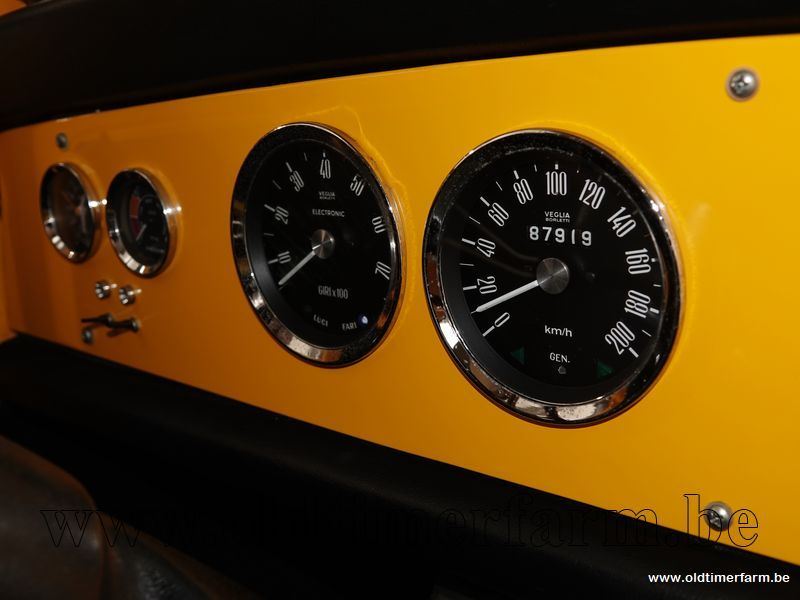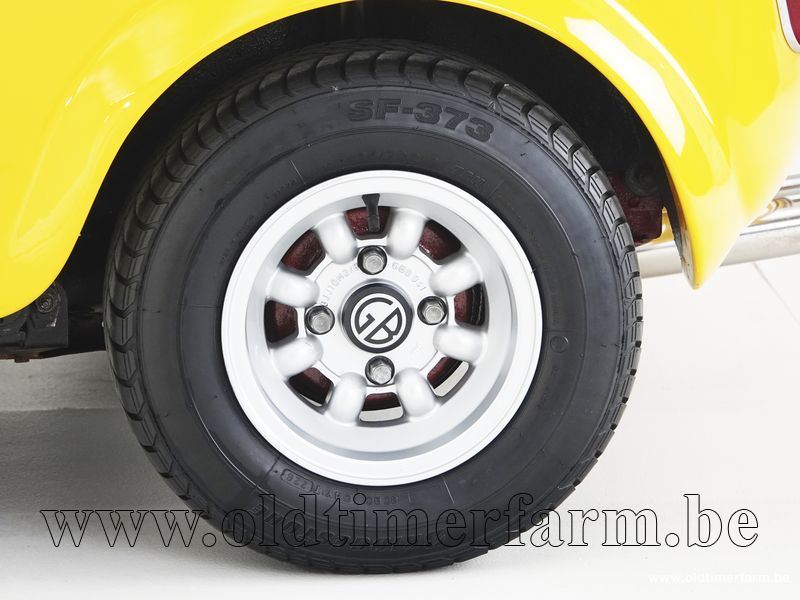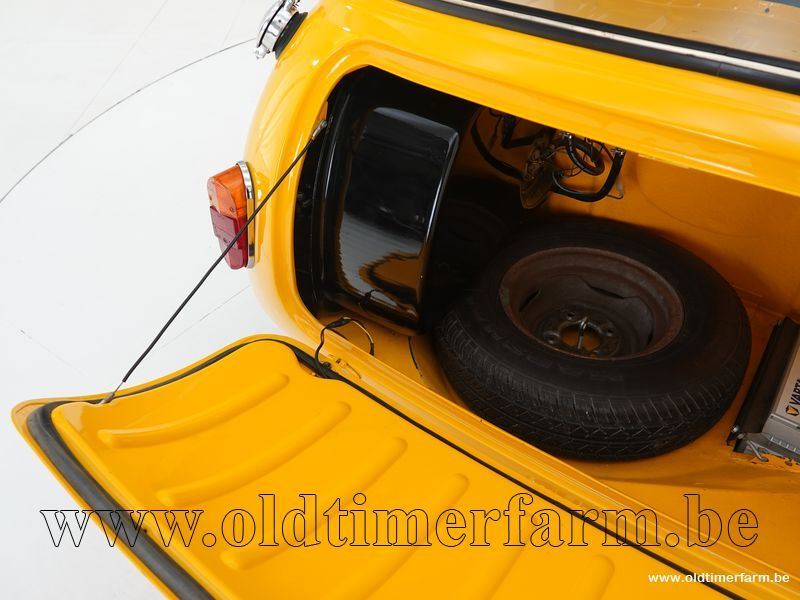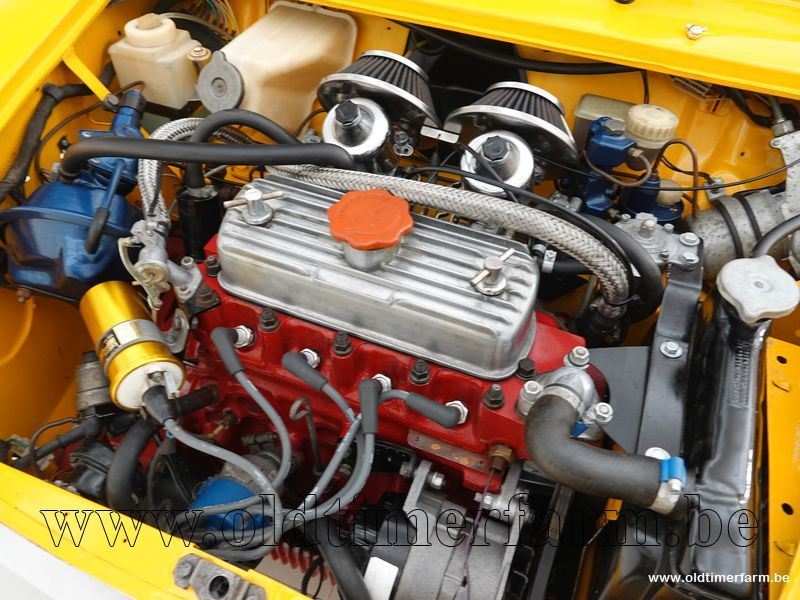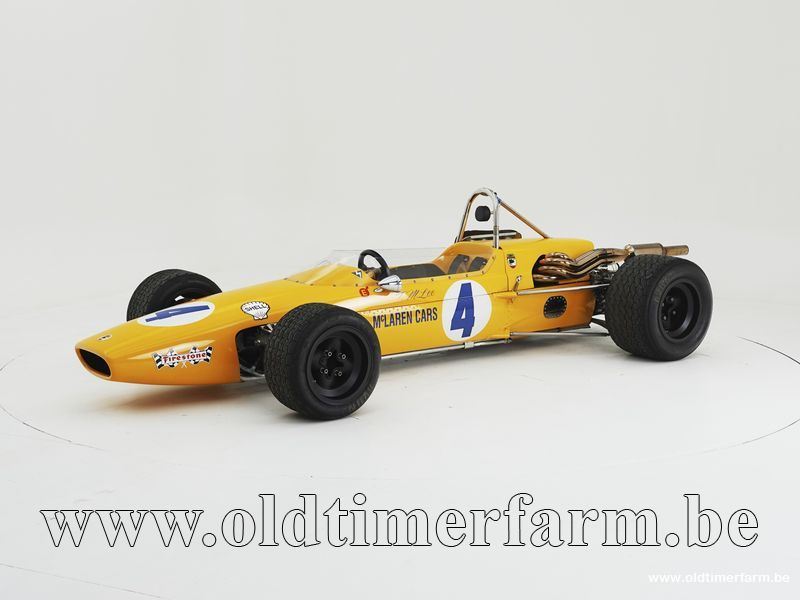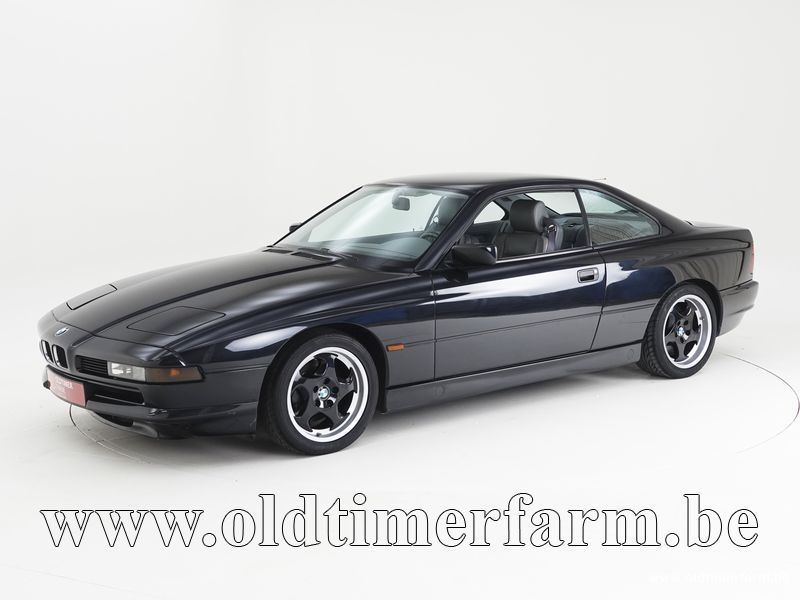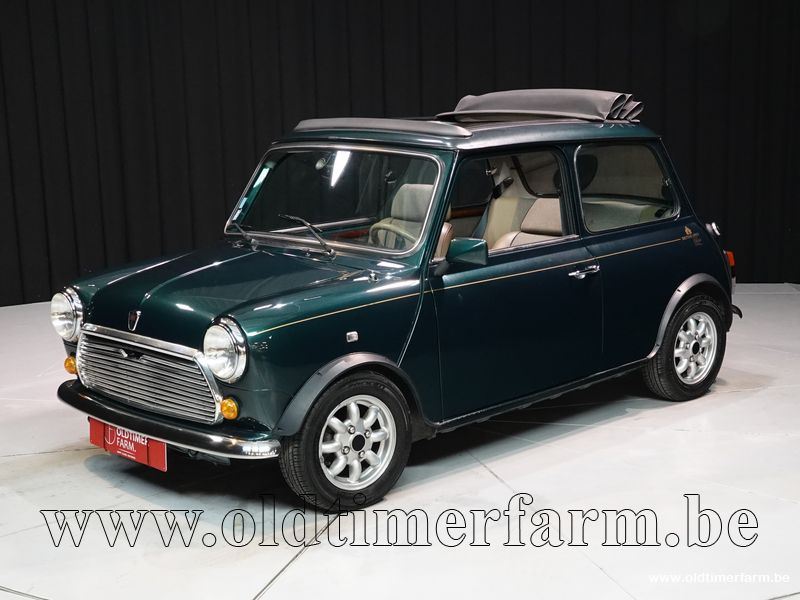1974 MINI INNOCENTI 1300 - €18,250
Buy-and-drive, comes with recent maintenance bills British-Italian, brings the best of both worlds for a good price Sporty whole with racing seats and four-point seat belts The Mini, a small car with a big story. In 1959, British car manufacturer British Motor Corporation (BMC) released the Mini, it is obvious that they had a clear goal in mind: releasing a small city-fit car with a cute design. Thanks to The Beatles and its starring in countless famous films, the car has acquired an iconic status over the decades. It was Alec Issigonis, a British-Greek car designer that worked for BMC, who gave birth to the Mini. He had a clear goal in mind: to create an affordable and fuel-efficient car that is efficient and light-steering in narrow British city streets. This approach, along with the playful design, created a true hype among young people. The Mini also became extremely popular with influential people, to the point that all members of The Beatles - John Lennon, Paul McCartney, George Harrison, and Ringo Starr - proudly show off their Minis. In 1969, the car takes on the leading role in the film The Italian Job, in which bank robbers used a Mini as a getaway car. Also Mr. Bean’s car is a lime green 1977 Mini, which emphasizes his clumsiness in the best way possible. Initially, the Mini was manufactured in various finishes, such as a sedan, a station wagon, a van, and even a pickup truck. Those finishes never really became fancied among the crowd. Also, in the 1980s, the Mini began losing its fame due to fierce competition from other car brands. This caused a harsh financial crisis in 1986 at British Leyland - the former BMC that also own Jaguar, Rover, Triumph, and MG. They even decide to restructure and privatize the company and from that moment on Rover Group was born. In 1994, Rover Group sells Mini to BMW, which seven years later, in 2001, launch a refined version of the Mini. Nowadays BMW still produce the Mini – baring its British identity in mind – and it is available in various finishes: a convertible, a fully electric version, a hybrid version, a sports version, and even a station wagon. As mentioned before, the goal was to build a city car that fit in traffic in cities, therefore they had to use as little space as possible, that was a real challenge in the middle of the 20th century. The 1950s are often considered a tipping point in automotive technology, and the Mini has contributed to that tipping point: a front-wheel drive car with a transverse and space-saving engine that is highly responsive and fit to city traffic. Today, the Mini is a coveted classic car, and not only among classic car enthusiasts. The cute and vulnerable design simply captures everyone's hearts. Innocenti Mini Not only was the Mini precious in Great Britain, also in Italy, the eyes couldn't be kept away from the Mini. What hindered its success was the protectionist policy, particularly in the automobile industry, though, the British found a solution. In 1965, BMC entered into an agreement with the versatile Innocenti, an Italian company founded in 1931, which produced refrigerators, motorcycles, and cars under license. Through this collaboration, BMC were able to bring their Mini to the Italian market and offer it at a competitive price. From the get-go, the Mini Innocenti was not much different from the original Mini. The earliest edition was delivered as a knock-down kit, but this approach was quickly abandoned. The Mini Innocenti continued to be produced until 1993, and the only thing it really retained after a facelift in 1975 was its model name, due to the many changes it underwent. The Mini Innocenti, the one built under BMC's supervision from 1965 to 1975, is just as sought after today as the British Mini. There are some technical differences that enthusiasts truly appreciate. It remains a unique car. Technical information: Body work Length (cm): 307 (121 inch) Width (cm): 144 (57 inch) Height (cm): 134 (53 inch) Wheelbase (cm): 204 (80 inch) Weight (kg): 690 (1521 lbs) Mechanics Engine: 1275 cc straight-four front-engine Valve gear: 8 Fuel system: 2 SU carburettors Gear box: 4-speed manual Transmission: FWD Left-steered power: 63 hp (47 kW) at 5800 t/m torque: 98 Nm at 5800 t/m Top speed: 157 km/h (98 mph)
- 87919 Miles
MANUAL
LHD
- RefCode: 8A958579-3345-4DAA-8206-85E446BD0B66
